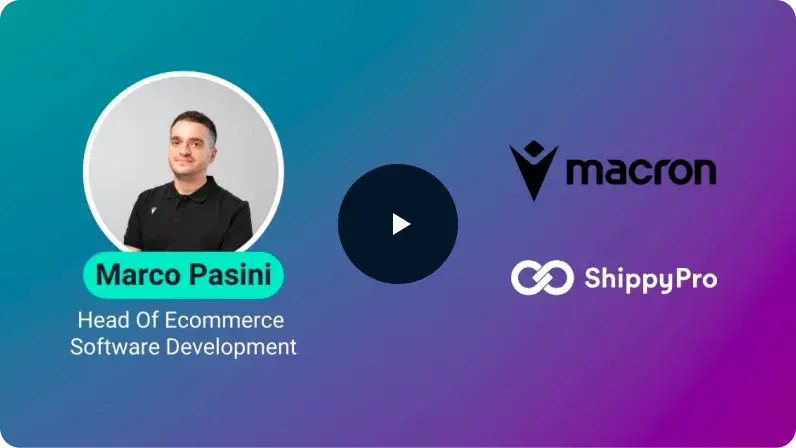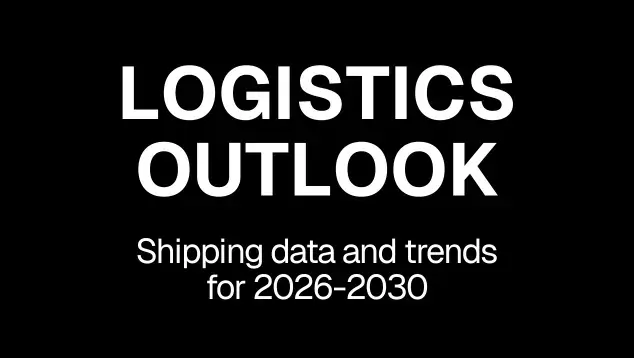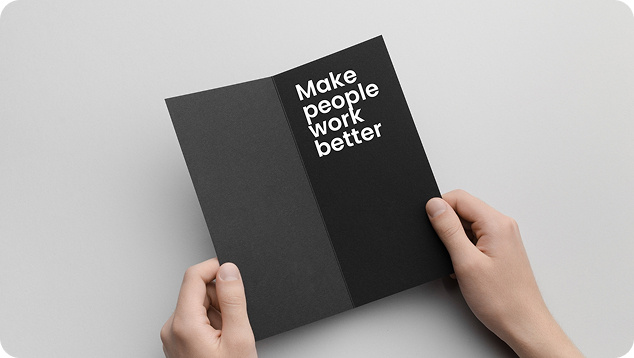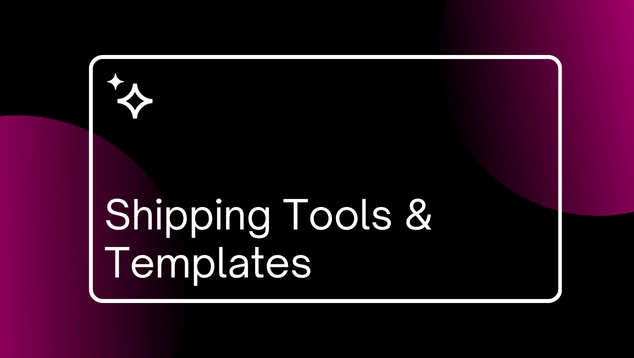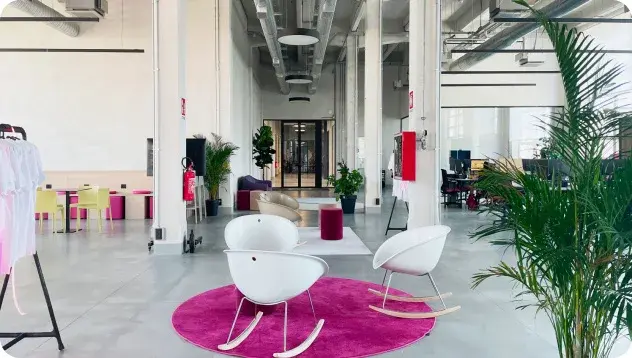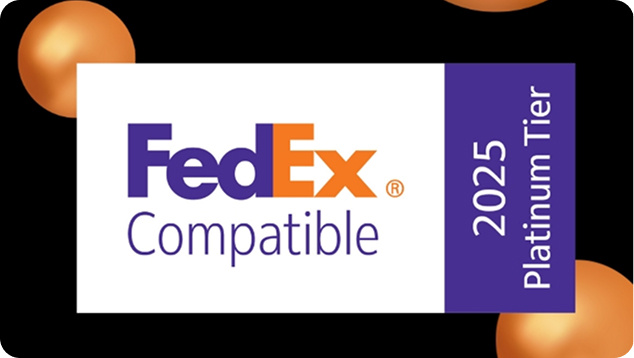What is Click & Collect: stats and ideas for 2026 - ShippyPro
Click & Collect is a rapidly growing trend in retail, that presents interesting business opportunities for your ecommerce while offering a more efficient service to your customers.
Buyers love the convenience of shopping online combined with the possibility of picking up their orders at the time and place that suits them the most.
Let’s discover the different types of Click & Collect that you can integrate in the checkout section of your online store and why you should take advantage of this trend.
What is Click & Collect
Click and collect allows customers to place an order online and pick it up at the in-store location they choose, at the date and time that is most convenient for them.
It is an effective solution for whoever desires flexibility, improving the online shopping experience for customers who aren’t sure to be at home when delivery is expected or wish to pay less - or even have free shipping.
How Click and Collect works
After placing an order online, a customer has at least 3 pick-up possibilities. Let’s discover them together:- In-store Pickup: this Is possible only if you have a store close to where the customer lives or works.
- Locker Pickup: seeing small lockers along the street or at train stations and shopping centres is becoming more and more frequent, especially after Amazon or InPost inaugurated the trend. Every day, thousands of products are delivered right there, and no longer to the customer’s home address.
- Pickup at Carriers warehouses, affiliated stores, or post offices.
Click and Collect VS Curbside pick-up
Curbside pick-up became very popular during the pandemic, allowing customers to shop safely by ordering online and picking up their item at the nearest curb (physical store) without having to enter it and without having to leave their car.
In fact, with curbside pick-up, an employee brings the order outside and delivers it to the client, either through the window or by putting it in the boot of the car. In this way, people can bypass entering the store, as well as long queues.
Click and Collect on the other hand, comprises both the advantages of curbside operations and the pleasure of physical in-store shopping. With this hybrid model consumers enter the store when the item is available for pick-up.
This option combines the flexibility of choosing the date and time to collect an order, maintaining interaction with people and the location itself. It can be an advantage for retailers in different ways, as shoppers can potentially browse or purchase additional items when they pick up their online order, without extra costs.
3 types of Click & Collect
This new trend that every merchant should seriously consider involves a first step that is always the same: a purchase via ecommerce.
Instead, as for the place of delivery, there are at least 3 possibilities. Let’s see them together:
- In-store Pickup: this Is possible only if you have a store near where the customer lives or works.
- Locker Pickup: it happens more and more often to see many small lockers, from Amazon or InPost for example, in stations, shopping centers or next to gas stations. Every day thousands of products are delivered right there, and no longer to the customer’s home address.
- Pickup at Carriers warehouses, affiliated stores or post offices.
Click & Collect examples
Click & Collect is a new standard and not a fad, and this is also demonstrated by the fact that many large companies are investing in it and promoting it.
- Amazon fills up big and small cities with its colourful lockers that have almost become part of our urban landscape;
- Asos ships items of clothing to the nearest collection point within 3 working days, letting customers choose the desired delivery slots.
- Ebay offers a secure and convenient click and collect service for both customers and sellers, adding value to the overall shopping experience. Once the order is received at an eBay collection point, the buyer is notified. What is more, if the customer doesn’t collect the item within 7 days, eBay covers all return costs. Also, there are no extra cost for sellers to implement this service.
- Ikea is successfully exploiting the opportunities of the Click & Collect delivery method. At the price of € 9.90, customers can collect the items purchased online in a physical store, within 7 days, whereas for items over £ 200 the service is free. IKEA recently partnered with Tesco, to offer customers more collection points.
John Lewis and Co-op
John Lewis and Co-op came up with a very interesting click and Collect partnership, offering a service that doesn’t only focus on their own brand but takes advantage of the types of stores available. In this way, Co-op can serve larger towns and John Lewis can guarantee a physical presence closer to clients and local communities.
Freshippo
 Freshippo Chinese supermarket chain launched a model that many other businesses emulated, boosting flexibility, and reducing waste. In fact, customers can pre-order their breakfast and lunch foods and collect them from special lockers. In this way, food is no longer cooked fresh and then not bought but cooked fresh on-demand. The whole process is easily done via smartphone, and this model allowed Freshippo stores to open in many new locations.
Freshippo Chinese supermarket chain launched a model that many other businesses emulated, boosting flexibility, and reducing waste. In fact, customers can pre-order their breakfast and lunch foods and collect them from special lockers. In this way, food is no longer cooked fresh and then not bought but cooked fresh on-demand. The whole process is easily done via smartphone, and this model allowed Freshippo stores to open in many new locations.
Nordstrom Local
 US department store Nordstrom broke the tradition of department stores located in large spaces by opening various mini stores closer to customers. These spaces don’t have inventory but are basically click and collect hubs. Customers can order online by browsing the Nordstrom collection and then use these smaller paces to try on their items and return them if needed.
US department store Nordstrom broke the tradition of department stores located in large spaces by opening various mini stores closer to customers. These spaces don’t have inventory but are basically click and collect hubs. Customers can order online by browsing the Nordstrom collection and then use these smaller paces to try on their items and return them if needed.
ZARA
 Spanish retailer Zara has automatic collection points in their stores, so that customers don’t have to queue for their orders. After buying an item online they can easily retrieve their order.
Spanish retailer Zara has automatic collection points in their stores, so that customers don’t have to queue for their orders. After buying an item online they can easily retrieve their order.
Starbucks
 Starbucks has a very effective click and collect service, that allows customers to place their order online, pay in advance and collect their drink at a specific time. This model has become so popular that Starbucks opened many new pickup spaces, dedicated to quick turnover of visitors.
Starbucks has a very effective click and collect service, that allows customers to place their order online, pay in advance and collect their drink at a specific time. This model has become so popular that Starbucks opened many new pickup spaces, dedicated to quick turnover of visitors.
Decathlon
 Decathlon has very useful and flexible click and collect services for 30.000 different products available. For example, their standard click and collect is free of charge, and orders are available for pick up within 7 days. There is also the 1 hour click and collect option for only £1.49, a practical solution that makes impatient shoppers happy or whoever needs something urgently.
Decathlon has very useful and flexible click and collect services for 30.000 different products available. For example, their standard click and collect is free of charge, and orders are available for pick up within 7 days. There is also the 1 hour click and collect option for only £1.49, a practical solution that makes impatient shoppers happy or whoever needs something urgently.
5 advantages of Click and Collect and why consumers love it
Why are more and more online buyers choosing not to receive their products at home? What is the convenience of Click & Collect? And what are the advantages for your business?
Let’s analyse in detail all the pros of this innovative delivery method.
Speed
Speed is the number one motivating factor for online purchases, making Click and Collect a solution that encompasses both instant gratification typical of in-store shopping and the comfort of buying online. Customers can easily order an item from their home and even have it available for pick up in store soon after.
This saves everybody a great amount of time, speeding up shipping processes and delivery times. In short, Click and Collect integrates bricks and clicks, combining the online convenience with the pleasant experience of visiting a physical store. Indeed, many physical stores can upgrade to offer this new function, becoming collecting hubs for products purchased online, while showcasing their products and promoting a convenient service.
Most importantly, with Click & Collect you bypass many steps and avoid long delivery times, while the stores along the shopping streets increase their value with a new function. They no longer just showcase their limited amount of products, but become collection centres for many other products purchased online.
Moreover, let’s not forget that a traditional delivery made by Carrier may have some delays that are out of your control but could still affect the customer’s opinion. In short, with Click and Collect you can meet the needs of most clients, increasing your customer satisfaction rate in no time.
Flexibilty
For all customers who are often away for work or study reasons, click and collect is the option they need when they cannot be home to collect what they bought on your ecommerce.
The Click & Collect option gives them the flexibility they require, allowing them to pick up the product at any time, at their convenience even in the evening or at weekends, avoiding queues and without wasting time. In some cases, people can even try the items they bought online at the pick-up location they selected. This option gives your customers more control over their shopping experience, not having to worry about delivery times.
Reduced shipping costs
Simplifying last mile logistics or avoiding Carriers helps you reduce or even cancel the shipping costs and increase your conversions at Checkout. In fact, high delivery costs often discourage customers from buying a product, whereas many buyers are keen on picking up a delivery themselves especially if they can have it in a shorter amount of time.
Click and collect, besides being a motivating factor in online purchases, is a great advantage for retailers too, who can offer quick delivery at low prices. Often, click and collect is eligible for free shipping too, which attracts customers and boosts sales, as well as order volume and conversion.
A “green” delivery experience
The click and collect model allows businesses to adopt a more sustainable and environmental-friendly approach, reducing emissions and wasting less resources.
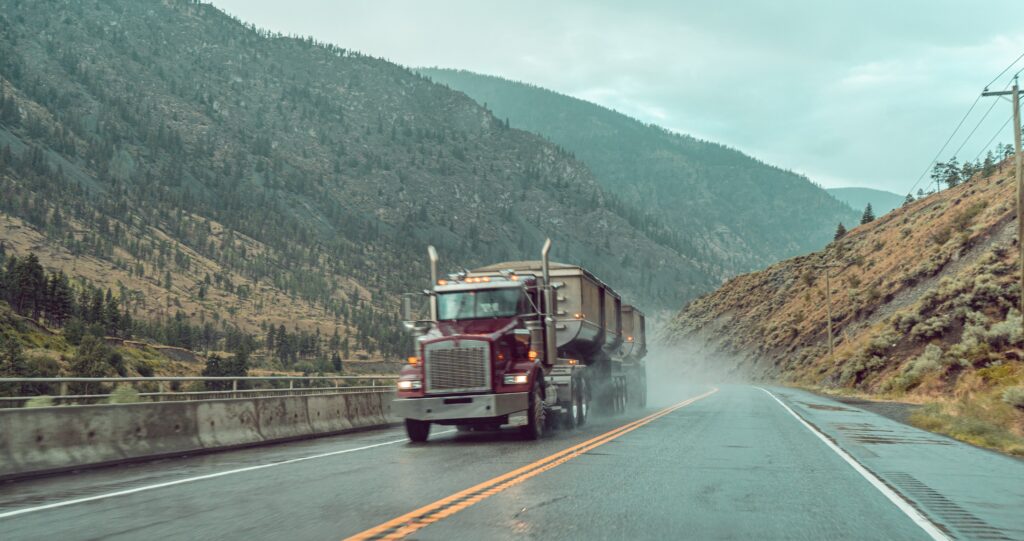
Picking up an item in a store or at a locker, after a short walk or a bike ride, is environmental-friendly especially if compared to a delivery via Carrier, which consumes a great amount of fuel and pollutes the air.
Missed deliveries have a great environmental impact too, since the customer has to pick up the purchased item in the carrier’s warehouse, not to mention the wasted Carriers trips.
Finally, thanks to lockers, transport companies can concentrate deliveries and reduce emissions, rather than going from house to house and consuming much more fuel. In fact, a locker can receive up to 46 times the number of deliveries compared to those made in the average Carrier trip.
Additional Services
Do you sell clothing? With in-store pickup, customers can immediately evaluate whether that t-shirt purchased online is the right size and with the exact characteristics they read on the product page.
Do you sell devices or objects that can be tested immediately? Buyers will notice any malfunction and will not have to create any return, but everything will take place inside your physical store.
Some figures about Click & Collect
Why is it no longer possible to ignore or put off a reflection about the delivery options you offer to your customers until tomorrow?
Because Click & Collect is not a passing fad, but a trend that could revolutionize the ecommerce market in the coming years more than it has already done so far.
Just look at this data to realize that this delivery option has recorded exponential growth through 2020, but has performed very well even during the Coronavirus pandemic.
UK and worldwide Click and Collect statistics prove that it’s here to stay. The hybrid retail model is becoming a popular solution among consumers. In fact, 41% of physical stores are now used as Click and Collect locations.
The global BOPIS (Buy Online Pick Up In Store) market is expected to reach $ 703.18 billion by 2027.

Click & Collect: Frequently Asked Questions
What is Click & Collect?
Click & Collect lets customers place an order online and pick it up at a chosen location, date, and time—combining ecommerce convenience with flexible pickup.
How does Click & Collect work?
After ordering online, shoppers choose a pickup option such as in-store pickup, locker pickup, or collection at a carrier’s warehouse/affiliated store/post office.
What pickup options can I offer?
In-store Pickup (if you have nearby stores), Locker Pickup (e.g., Amazon or InPost lockers at stations and malls), and Pickup at carriers’ locations (warehouses, partner shops, post offices).
Click & Collect vs. Curbside pickup: what’s the difference?
Curbside pickup keeps customers in their car while staff bring the order outside. Click & Collect includes curbside-style convenience plus in-store pickup, allowing customers to enter the store when the order is ready.
Why should I add Click & Collect to checkout?
It increases flexibility, speeds up fulfillment, reduces friction and delivery anxiety, and can cut shipping costs—improving conversion and customer satisfaction.
Is Click & Collect just a trend?
No—it's becoming a standard. Many leading retailers have invested in it, and adoption keeps growing across markets.
Which brands successfully use Click & Collect?
Examples include Amazon (lockers), ASOS (collection points and delivery slots), eBay (collection points with returns covered after 7 days uncollected), IKEA (paid/free store pickup, Tesco partnership), John Lewis & Co-op (pickup network), Freshippo (food lockers), Nordstrom Local (mini pickup hubs), ZARA (automatic collection points), Starbucks (order-ahead pickup), and Decathlon (free standard pickup; 1-hour pickup for £1.49).
What are the main benefits for customers?
Speed (faster availability), flexibility (choose time/place, evenings/weekends), potential lower or free shipping, and the ability to try items in-store at pickup.
What are the main benefits for retailers?
Reduced last-mile costs, fewer missed deliveries, upsell opportunities in store, greener operations (consolidated deliveries to lockers/points), and higher customer satisfaction.
Is Click & Collect more sustainable?
Yes. Consolidating deliveries to stores/lockers lowers emissions versus door-to-door. Lockers can receive many more parcels per stop, reducing carrier miles and waste from missed deliveries.
Does Click & Collect help reduce shipping costs?
Often yes. By simplifying the last mile or avoiding home delivery, retailers can reduce costs and offer low-cost or free pickup—boosting checkout conversion.
Any market figures to consider?
41% of physical stores are now used as Click & Collect locations. The global BOPIS market is expected to reach $703.18B by 2027.
Where should I place Click & Collect in the customer journey?
Offer it as a delivery option at checkout, clearly communicating pickup times, locations, and any fees. Provide notifications when the order is ready for collection.
Can Click & Collect work if I don’t have a store network?
Yes—use lockers, carriers’ depots, and affiliated pickup points to provide convenient collection without owning physical stores.
ShippyPro is the complete shipping software for online and offline retail. With Label Creator, Track & Trace, Easy Return and Analytics features, our software simplifies your shipping operations. ShippyPro integrates with over 180 carriers and 80 sales channels, making it compatible with a wide range of products and use cases.




